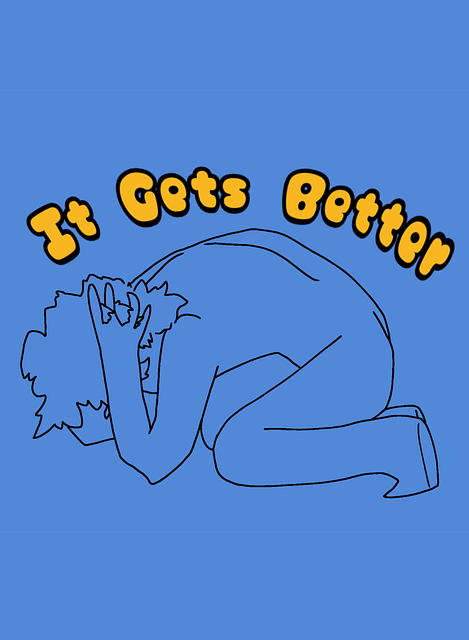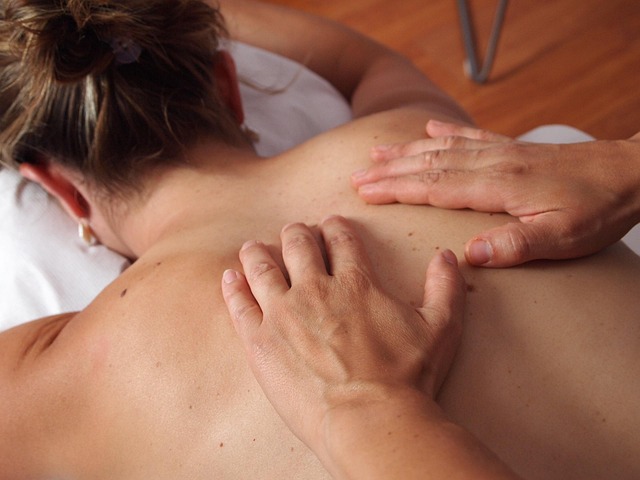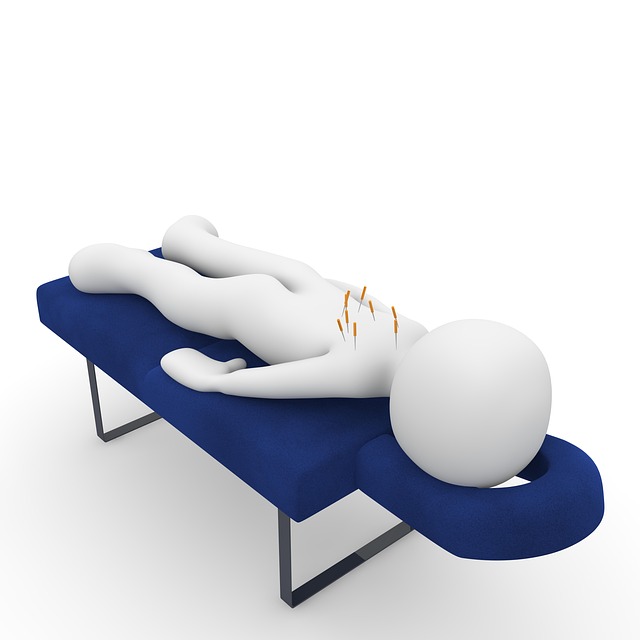Posture correction exercises are essential for holistic health, addressing the impact of sedentary lifestyles and repetitive tasks on joint function and nerve communication. Workshops focus on foundational movements, advanced core, back, and shoulder exercises, and diverse activities like stretching and yoga poses. Visual aids, hands-on guidance, varied routines, and group discussions enhance learning. Success is measured through participant feedback, self-assessments, surveys, progress tracking, and data analysis, refining the curriculum for a responsive learning experience.
Discover the transformative power of group workshops focused on posture correction and education. From understanding the foundation of proper posture to designing engaging exercises, this comprehensive guide explores effective strategies for facilitating positive change. Learn how to measure success and continuously improve posture correction programs, empowering participants to embrace healthier habits. Uncover the benefits of group settings for motivation and support, making these workshops a game-changer in promoting better posture through interactive learning.
- Understanding Posture Correction: The Foundation of the Workshop
- Designing Effective Posture Correction Exercises
- Facilitating Engaging Group Workshops for Posture Education
- Measuring Success and Continuous Improvement in Posture Correction Programs
Understanding Posture Correction: The Foundation of the Workshop

Posture correction goes beyond simply looking neat and professional. It’s a crucial aspect of overall health, impacting everything from joint function to nerve communication. In our workshops, we focus on educating participants about the foundational elements of good posture, emphasizing the importance of alignment and its connection to daily well-being.
Through interactive sessions, attendees learn practical posture correction exercises tailored to counter the effects of prolonged sitting, standing, or repetitive tasks. These exercises target key muscle groups, including the core, shoulders, and back, promoting a balanced and aligned body position. By understanding and implementing these principles, participants gain tools to alleviate discomfort, prevent injuries, and improve their overall quality of life.
Designing Effective Posture Correction Exercises

Designing effective posture correction exercises involves a thoughtful blend of active and passive strategies tailored to engage and educate participants. Start with foundational movements that promote awareness, such as simple postural shifts and balanced stances, to help individuals recognize their current habits. Gradually introduce more advanced exercises focusing on strengthening key muscle groups like the core, back, and shoulders, ensuring each movement is performed correctly to avoid further strain.
Incorporate diverse activities like stretching routines, stability ball exercises, or even yoga poses that encourage proper alignment and posture maintenance. Visual aids and hands-on guidance from facilitators are crucial to provide real-time feedback, enabling participants to correct their forms effectively. Regularly vary the routine to maintain engagement and address different learning styles, ultimately fostering a comprehensive understanding of good posture and its long-term benefits.
Facilitating Engaging Group Workshops for Posture Education

Engaging group workshops focused on posture correction and education require a dynamic and interactive approach to ensure participants remain active and interested. Facilitators should incorporate a variety of activities, including demonstrations, practical exercises, and group discussions, to create an inclusive learning environment. Posture correction exercises tailored for specific muscle groups can be presented in a step-by-step manner, allowing participants to practice and receive immediate feedback.
Interactive elements such as role-playing scenarios or case studies can make the workshops more relatable and memorable. Encouraging open communication and peer support among participants fosters a sense of community and reinforces learning. By combining educational content with hands-on experiences, these workshops not only enhance posture awareness but also empower individuals to adopt healthier habits in their daily lives.
Measuring Success and Continuous Improvement in Posture Correction Programs

Measuring success and gauging continuous improvement are integral aspects of effective group workshops focused on posture correction and education. The primary metric is participant feedback, where self-assessments before and after the program reveal significant changes in their postural awareness and comfort levels. Additionally, qualitative data from surveys and interviews provide insights into specific exercises that resonate most with participants, allowing instructors to tailor future sessions accordingly.
Regular progress tracking through photos or videos can also offer tangible evidence of improvements. Comparing initial and ongoing posture measurements helps identify the most beneficial exercises and areas needing further attention. This data-driven approach ensures continuous refinement of the workshop curriculum, making it a dynamic and responsive learning experience for all participants.
Group workshops focused on posture correction and education offer a dynamic approach to improving posture, with exercises tailored to individual needs. By combining theoretical understanding with practical facilitation techniques, these sessions can significantly enhance participants’ awareness and skills. Measuring success through continuous improvement ensures long-lasting positive outcomes, making such programs valuable assets for maintaining good posture and overall well-being. Incorporating diverse exercises and fostering an engaging environment are key to the success of these workshops, as highlighted by our discussion on designing effective posture correction routines.
